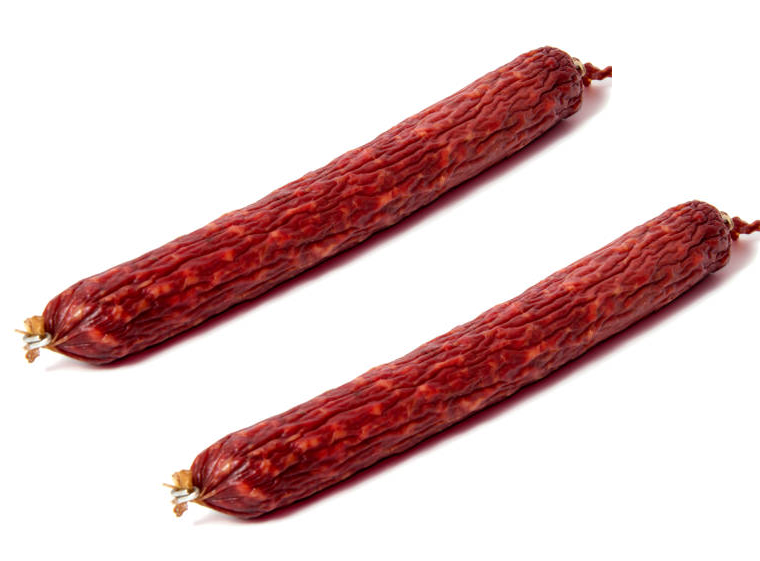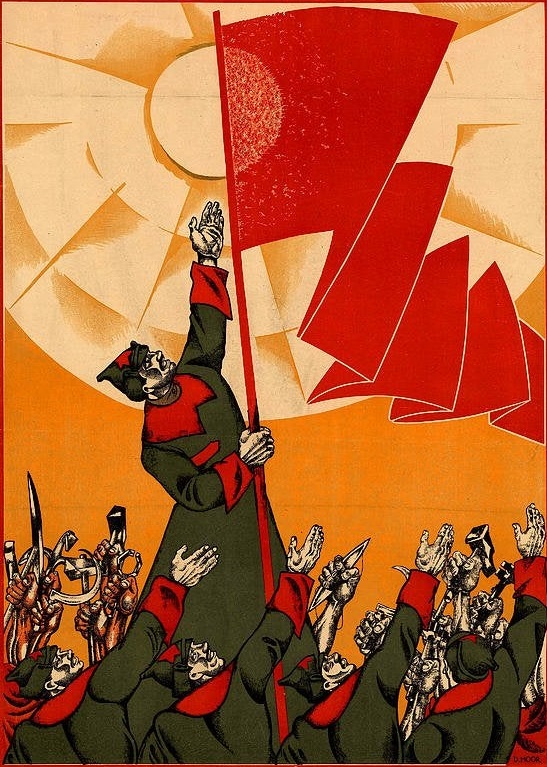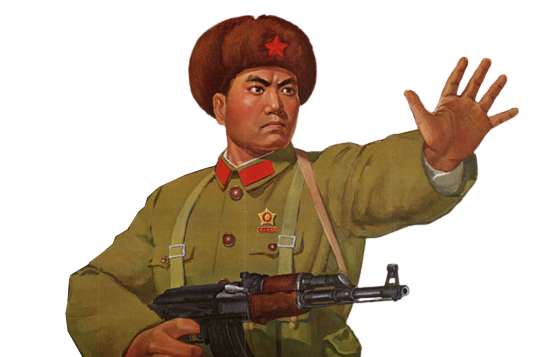They probably have PRONOUNS too 
In all seriousness, as a kid I wondered why they looked like little pixie gnomes in American media when in Finland they typically look like smaller clones of Santa
They’re so LOW-T they can’t even grow BEARDS
 How does one learn this power?
How does one learn this power?Twink elf vs grey bear elfs
I think it might have something to do with fantasy media. Elves are often depicted with the inability to grow facial hair.
In Finland, Sweden and presumably the other Nordic countries, Tolkien-style fantasy elves and Christmas elves are referred to by different words
Christmas elf = joulutonttu (Swedish: jultomte)
Joulu is Yule/Christmas and tonttu originally referred to spirits that were believed to live in homes and saunas that needed to be appeased or they’d get angry and burn your house down
The word for elf is haltia (can’t remember what they are in Swedish), which is another type of mythological being entirely. I think they correspond to the same elves Tolkien based his on
Tomte/nisse predates Santa by a fair bit, closer to gnome than elf (Alv). Not sure why Anglos decided that Santa was associated with elves rather than gnomes though. You had to leave porridge out for the house gnomes to repay them for watching the animals (likely where Anglos got the milk and cookies from) or he’d fuck you up.
https://en.m.wikipedia.org/wiki/Nisse_(folklore)
Granted, elf was also used interchangeably for dwarves and elves until the 19th century.
Ah, interesting. TIL something new.
For a fun bonus, in Finnish Santa Claus is called joulupukki, which literally translates to Yule Goat which has an interesting history
Same in Poland, note both shown mostly with western culture penetration in 80’s and 90’s, “elfy” is much more used in the context of fantasy elves from Tolkien, D&D etc. Small, faerie like creatures are most often called “wróżki” (lit. “fortune tellers”), while those christmas elves things but not particularly christmas, were very abundant in various roles in Slavic mythology and folklore under the broad name “skrzaty” (similar to the “tonttu” you mentioned i guess but not living only in homes). Slavic mythology don’t really have anything close to tolkien elves or their precursors irish sidhe, closest are nymphs and rusalki similar to nyphs and sirens of the greek myths.
There is also curious dichotomy between words “krasnoludki” and “krasnoludy”, the first being the diminutive form of the second, both meaning “dwarves” but the “krasnoludki” is broad mean for tiny mythical people while “krasnoludy” was only popularised by the first translation of Lord of the Rings and is used nearly exclusively for the fantasy dwarves (people with dwarfism are called “karły” which is also rarily used for fantasy dwarves).
This gotta be related to the thing with how american politicians hardly sport beards anymore nowadays
Earlier today I watched part of a 1976 Norwegian film called Reisen til julestjernen, and the nisser were literally just small children with mustaches glued on and dubbed over grown man voices.
Thesis: bearded Scandinavian nisser/tomter
Antithesis: American low-T pixie gnome style Christras elves
Synthesis: the wonders of 1970s Norwegian cinema
I think this comes down wanting to avoid confusion with garden gnomes
Real american christmas elves would be literally drukhari.








